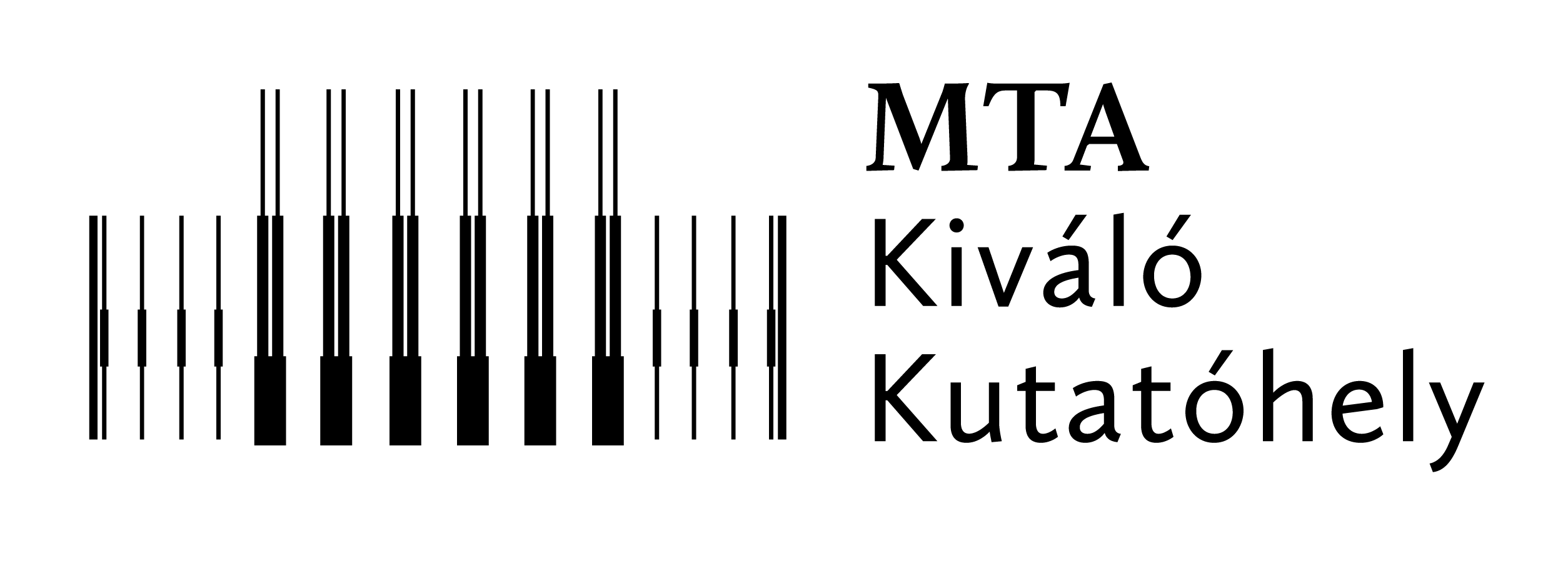Előadó: Stefan Blügel (Peter Grünberg Institute and Institute for Advanced Simulation, Forschungszentrum Jülich, 52425 Jülich, Germany (host: Rózsa Levente))
Előadás címe: Spin Models for Modeling Magnets
Dátum: 2023. november 6., 10:00
Helyszín: 1-es épület, 2. emeleti tanácsterem
Összefoglaló:
It has become common practice to study the stability, dynamics, thermodynamics and phase diagrams of magnets using classical spin-lattice models with pairwise exchange interactions of the Heisenberg type. In recent years, however, the focus has been on increasingly complex magnetic structures, including noncollinear spin textures such as skyrmions, many of which arise from a competition of different spin interactions. On the other hand, we studied magnets with increasingly involved and complex electronic structures. As a consequence, we witnessed additional interactions that had to be added to the established spin-models more and more often to explain the magnetic order (four-spin-three-site interaction [1,2], four-spin-four-site interaction [3], chiral-biquadratic interaction [4-7], topological chiral-chiral and spin-chiral interaction [8], etc.). This sounds like a very spontaneous, unsatisfactory case-by-case procedure, and it seems totally unclear whether all important interactions are captured or important ones are still missing. In this lecture, I present an attempt to derive systematically the spin Hamiltonian of all exchange interactions from the very general principle of indistinguishability of electrons in a many-electron system. This provides arguably a rigorous ansatz for reasonable spin-Hamiltonians.
Work was carried out in collaboration with Hiroshi Katsumoto, Fabian Lux and Yuriy Mokrousov.
Funding from Deutsche Forschungsgemeinschaft (DFG) through SPP-2137 (project BL444/16-2) and SFB-1238 (project C01) is greatly acknowledged.
[1] M. Hoffmann, S. Blügel, PRB 10, 024418 (2019).
[2] A. Krönlein, M. Schmitt, M. Hoffmann, J. Kemmer, N. Seubert, M. Vogt, J. Küspert, M. Böhme, B. Alonazi, J.
Kügel, H. A. Albrithen, M. Bode, G. Bihlmayer, and S. Blügel, PRL 120, 207202 (2018).
[3] D. J. Thouless, Proc. Phys. Soc. 86, 893 (1965).
[4] A. Lászlóffy, L. Rósa, K. Palotás, L. Udvardi, and L. Szunyogh, Phys. Rev. B 99, 184430 (2019).
[5] S. Brinker, M. d. S. Dias, and S. Lounis, New Journal of Physics 21, 083015 (2019).
[6] S. Mankovsky, S. Polesya, and H. Ebert, Phys. Rev. B 101, 174401 (2020).
[7] M. dos Santos Dias, S. Brinker, A. Lászlóffy, B. Ny ́ ari, S. Blügel, L. Szunyogh, and S. Lounis, Phys. Rev. B
103, L140408 (2021).
[8] S. Grytsiuk, J.-P. Hanke, M. Hoffmann, J. Bouaziz, O. Gomonay, G. Bihlmayer, S. Lounis, Y. Mokrousov, S.
Blügel, Nat. Commun. 11, 511 (2020).



